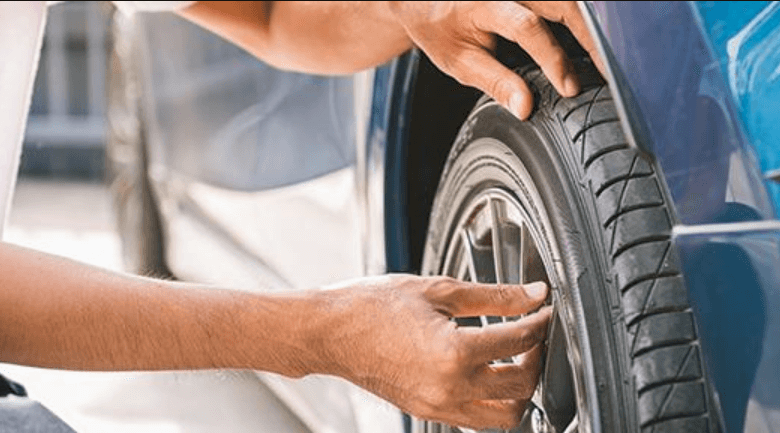Service Tire Monitor System Chevy: Keeping Your Wheels Safe

In today’s fast-paced world, ensuring your vehicle’s safety is paramount. One crucial aspect of vehicle maintenance is the tire monitoring system, often referred to as TPMS (Tire Pressure Monitoring System). For Chevy owners, keeping a close eye on this system can significantly contribute to the overall safety and performance of their vehicle. In this comprehensive guide, we will explore the ins and outs of the service tire monitor system Chevy vehicles, covering everything from its importance to troubleshooting common issues.
Understanding TPMS (Tire Pressure Monitoring System)
The TPMS, as the name suggests, is designed to monitor the air pressure inside your vehicle’s tires. It helps you maintain optimal tire pressure, ensuring a smooth and safe ride.
Why TPMS is Vital
- Safety: Underinflated tires can lead to accidents, especially during sudden stops or swerves.
- Tire Longevity: Adequate pressure ensures your tires wear evenly, extending their lifespan.
- Handling: Properly inflated tires enhance your vehicle’s stability and handling.
Types of TPMS
There are two main types of TPMS:
- Direct TPMS: This system uses sensors inside each tire to measure pressure and sends data directly to the vehicle’s computer.
- Indirect TPMS: Indirect TPMS relies on the vehicle’s anti-lock brake system to monitor wheel speed and detect pressure changes.
Servicing Your Chevy’s TPMS
Regular maintenance is key to keeping your TPMS in top shape:
Checking Tire Pressure
- Manual Gauge: Use a manual pressure gauge to check your tire pressure regularly.
- Dashboard Display: Most Chevy vehicles display tire pressure information on the dashboard.
Calibrating TPMS
- Sensor Replacement: If your TPMS sensors malfunction, they must be replaced promptly.
- Reprogramming: After sensor replacement or tire rotation, reprogramming may be necessary to ensure accurate readings.
Troubleshooting Common Issues
Even with proper maintenance, TPMS issues can arise:
False Alarms
- Cold Weather: Extreme cold can trigger false alerts. Recheck pressure when temperatures rise.
- Sensor Batteries: Low sensor battery power can lead to inaccuracies.
TPMS Warning Light
- Low Tire Pressure: The warning light often indicates low tire pressure. Inflate as needed.
- Faulty Sensors: If the light persists, a sensor may need replacement. Read more…
Conclusion
Maintaining your service tire monitor system chevy is not just about adhering to routine maintenance but ensuring the safety of your journeys. By regularly checking and servicing your TPMS, you contribute to better fuel efficiency, extended tire life, and most importantly, your safety on the road.
FAQs
- Is TPMS mandatory in all Chevy vehicles?
- Yes, TPMS has been mandatory in all new vehicles since 2008.
- Can I replace TPMS sensors myself?
- While it’s possible, it’s advisable to have a professional technician handle sensor replacements.
- What should I do if the TPMS warning light stays on after inflating the tires?
- If the light persists, it’s best to consult a certified Chevy service center for further inspection.
- Are there any aftermarket TPMS systems available for Chevy vehicles?
- Aftermarket TPMS options are available for Chevy owners who want to upgrade or replace their existing system.




